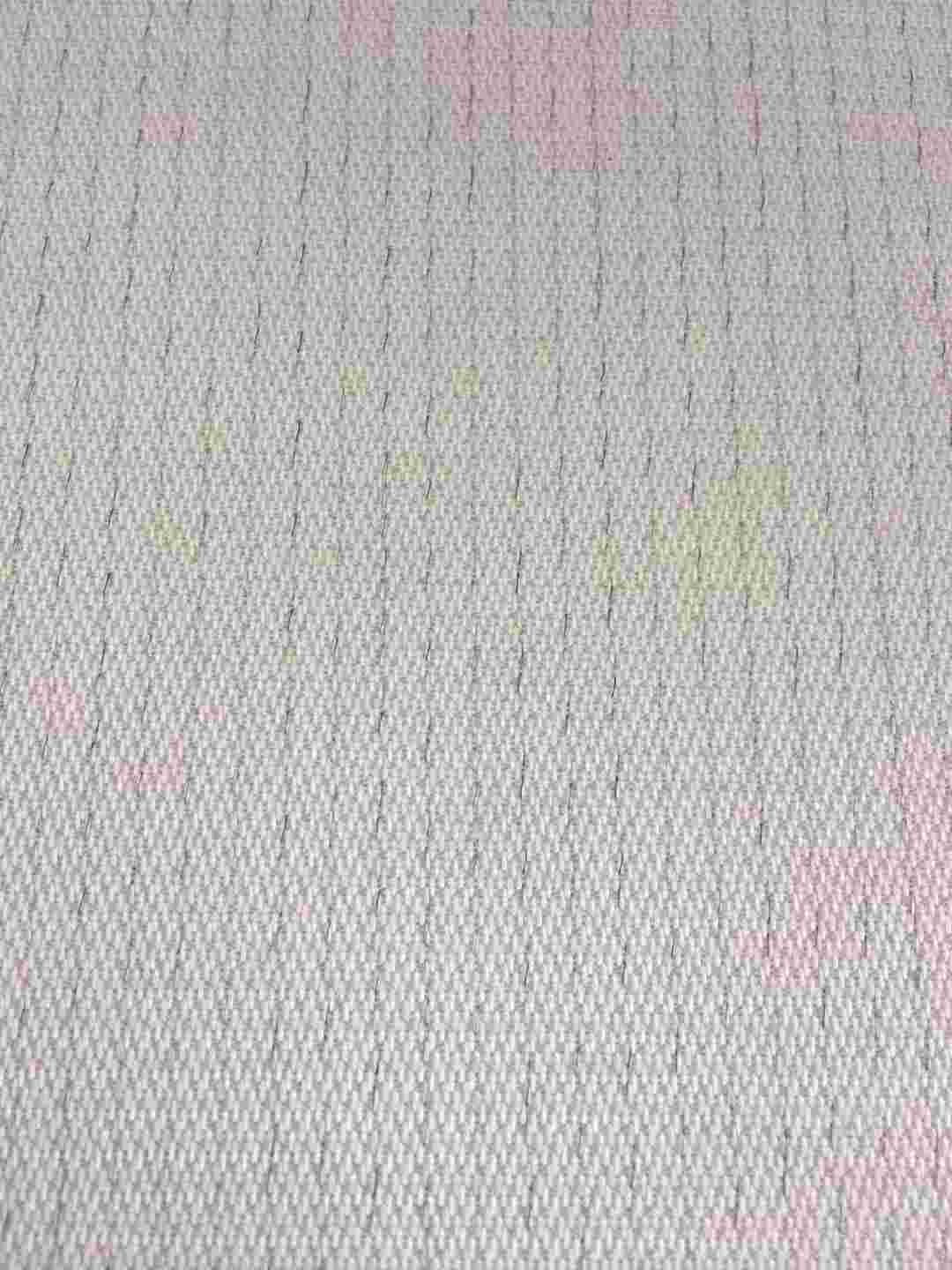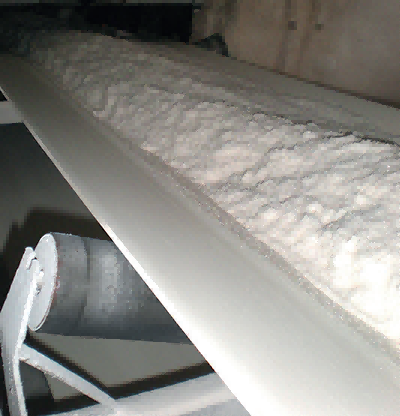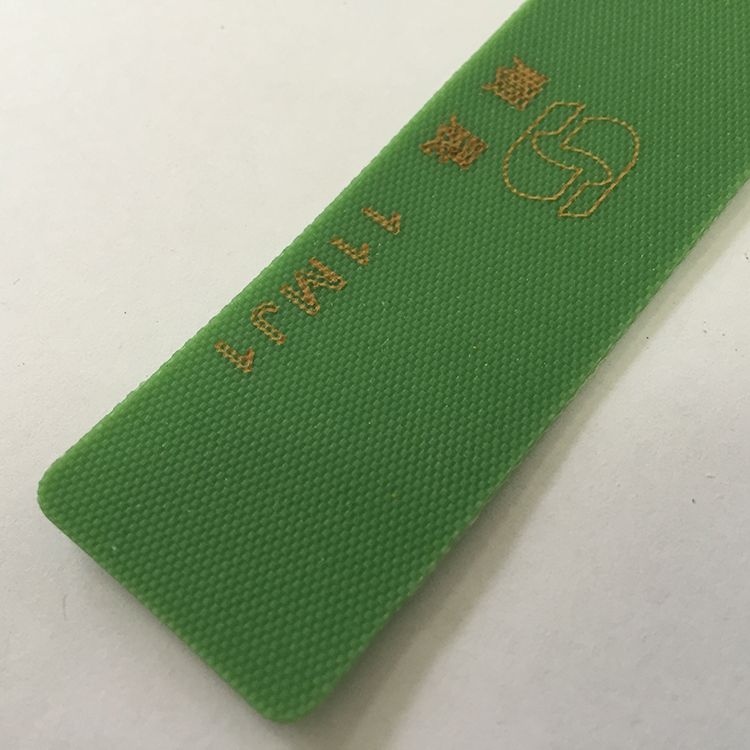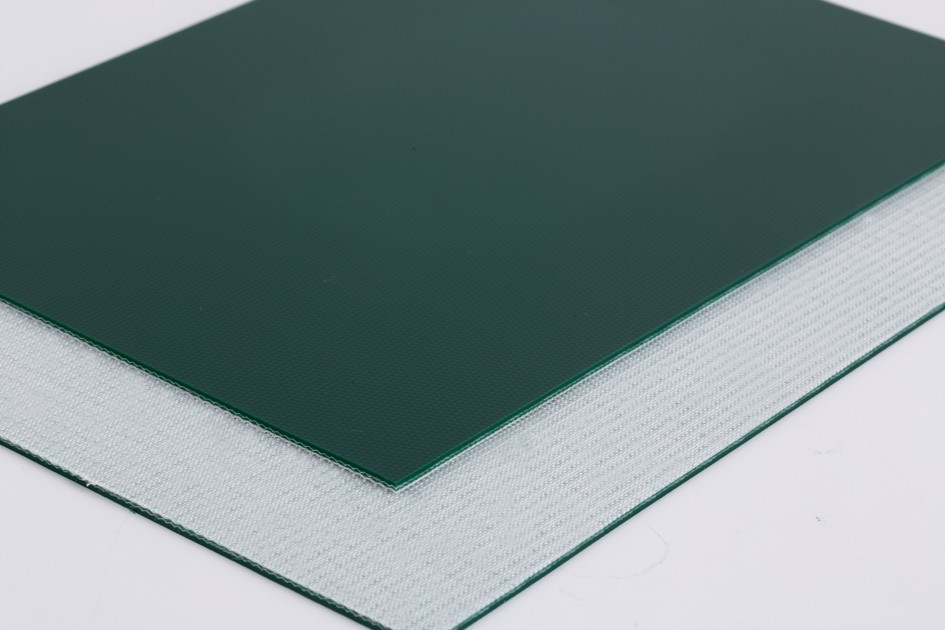Introduction
In the bustling world of logistics, where efficiency and reliability are paramount, conveyor belts play a pivotal role in streamlining operations. Among the various types of conveyor belts available, PVC conveyor belts stand out for their versatility and cost-effectiveness. However, like any equipment, PVC conveyor belts are not without their challenges. In this article, we delve into some of the common hurdles faced when using PVC conveyor belts in logistics and explore proactive strategies to address them effectively.

Common Challenges Faced with PVC Conveyor Belts in Logistics
- Wear and Tear Due to Continuous Usage
PVC conveyor belts endure constant wear and tear from the relentless movement of goods in logistics operations. Over time, this can lead to degradation of the belt material, resulting in decreased performance and potential breakdowns.
- Contamination and Debris Buildup
Logistics environments are prone to contamination from various sources, including dust, grease, and other debris. When deposited onto PVC conveyor belts, these contaminants can impede smooth operation, increase friction, and accelerate wear.
- Potential for Belt Tracking Issues
Maintaining proper alignment and tracking of PVC conveyor belts is essential for smooth and efficient operation. However, factors such as uneven loading, misalignment, or belt slippage can lead to tracking problems, causing downtime and inefficiencies.
- Impact of Temperature and Humidity Variations
Logistics facilities are subject to fluctuating environmental conditions, including temperature and humidity variations. PVC conveyor belts may expand or contract in response to these changes, affecting tension and alignment and potentially leading to performance issues.
Addressing Common Challenges
- Implementing Regular Maintenance Routines
Proactive maintenance is key to maximizing the lifespan and performance of PVC conveyor belts. Establishing a regular maintenance schedule, including scheduled inspections and cleaning, can help identify and address issues before they escalate.
Scheduled Inspections and Cleaning
Routine inspections allow operators to identify signs of wear, damage, or contamination early on. Cleaning procedures, such as removing debris and lubricating moving parts, help prevent buildup and maintain optimal performance.
Prompt Replacement of Worn Components
Timely replacement of worn or damaged components, such as belts, pulleys, or rollers, is crucial for preventing unexpected breakdowns and minimizing downtime. Keeping spare parts on hand can expedite repairs and ensure continuity of operations.
- Installing Effective Cleaning Systems
To mitigate the impact of contamination and debris buildup, logistics facilities can implement robust cleaning systems specifically designed for PVC conveyor belts.
Use of Belt Scrapers and Cleaners
Mechanical belt scrapers and cleaners help remove accumulated debris and contaminants from the surface of PVC conveyor belts, reducing friction and preventing premature wear.
Integration of Air or Water-Based Cleaning Solutions
Incorporating air or water-based cleaning systems can further enhance the effectiveness of belt cleaning processes. These systems can dislodge stubborn contaminants and maintain cleanliness without damaging the belt material.
- Implementing Tracking Systems and Adjustments
To address belt tracking issues, logistics operators can deploy tracking systems and perform regular adjustments to ensure proper alignment and tension.
Installation of Tracking Devices:
Advanced tracking devices, such as sensors or alignment guides, can detect deviations in belt alignment and trigger corrective actions automatically. These systems help maintain consistent tracking and reduce the risk of misalignment-related issues.
Alignment Checks and Adjustments:
Manual alignment checks and adjustments should be conducted regularly to correct any deviations detected during operation. Proper tensioning of the belt and alignment of pulleys and rollers are essential for minimizing tracking problems and maximizing conveyor belt performance.
- Controlling Environmental Factors
To mitigate the impact of temperature and humidity variations on PVC conveyor belts, logistics facilities can implement measures to control environmental conditions within the operating environment.
Temperature and Humidity Monitoring
Regular monitoring of temperature and humidity levels allows operators to anticipate potential fluctuations and take proactive measures to mitigate their impact on conveyor belt performance.
Climate-Controlled Environments or Protective Covers
In facilities where temperature and humidity variations pose significant challenges, implementing climate-controlled environments or installing protective covers over conveyor systems can help maintain stable operating conditions and minimize the risk of belt-related issues.
Conclusion
In the fast-paced world of logistics, PVC conveyor belts are indispensable for ensuring the seamless flow of goods through distribution centers, warehouses, and manufacturing facilities. However, like any equipment, PVC conveyor belts are susceptible to various challenges that can impact their performance and reliability.
By proactively addressing common challenges such as wear and tear, contamination, belt tracking issues, and environmental factors, logistics operators can optimize the performance and lifespan of PVC conveyor belts, thereby enhancing overall operational efficiency and productivity.
Through the implementation of regular maintenance routines, effective cleaning systems, tracking devices, and environmental controls, logistics facilities can minimize downtime, reduce maintenance costs, and maximize the return on investment in PVC conveyor belt systems.
As logistics operations continue to evolve and expand, staying vigilant and proactive in addressing conveyor belt challenges will be essential for maintaining a competitive edge and delivering exceptional service to customers worldwide.





